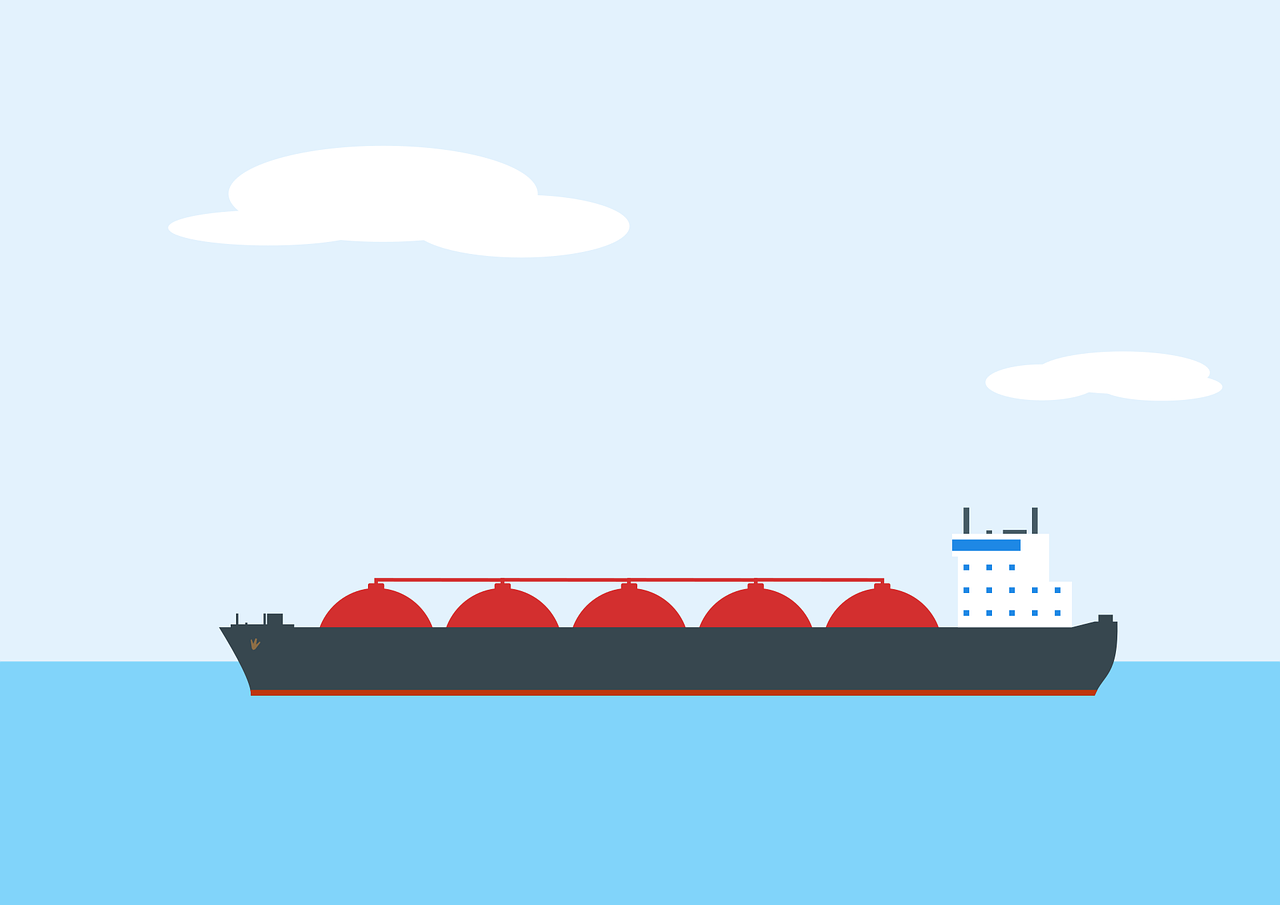When the Japanese Advanced CCS Projects were first announced last year, only two of the seven projects required overseas CO2 transportation. But recently, METI added two more international projects, bringing the total to nine.
Now, of these nine, six will require marine transportation of CO2 — four to overseas locations and two to domestic sites.
JOGMEC has stated that shipping CO2 from Japan to overseas storage sites will be vital. Transportation of liquefied CO2 (LCO2) by ship is the obvious solution for the CCS value chain, and this will require grappling with both engineering and cost issues.
Most storage sites are expected to be in Southeast Asia, as well as Australia, which means long shipping routes that bring additional complications than if the CO2 was stored at home. Clarifying on how most efficiently to transport CO2 will be imperative.
By 2030 most of the planned CCS projects are slated to start commercial operation, yet much of the technology remains stuck in the R&D stage. Project developers are worried about the overall cost assessment of the value chain, urging the industry to move from its current engineering phase to more practical tests and applications. Japan NRG explores some of the challenges that the nascent carbon industry is facing in envisioning a CCS value chain to overseas storage sites.

